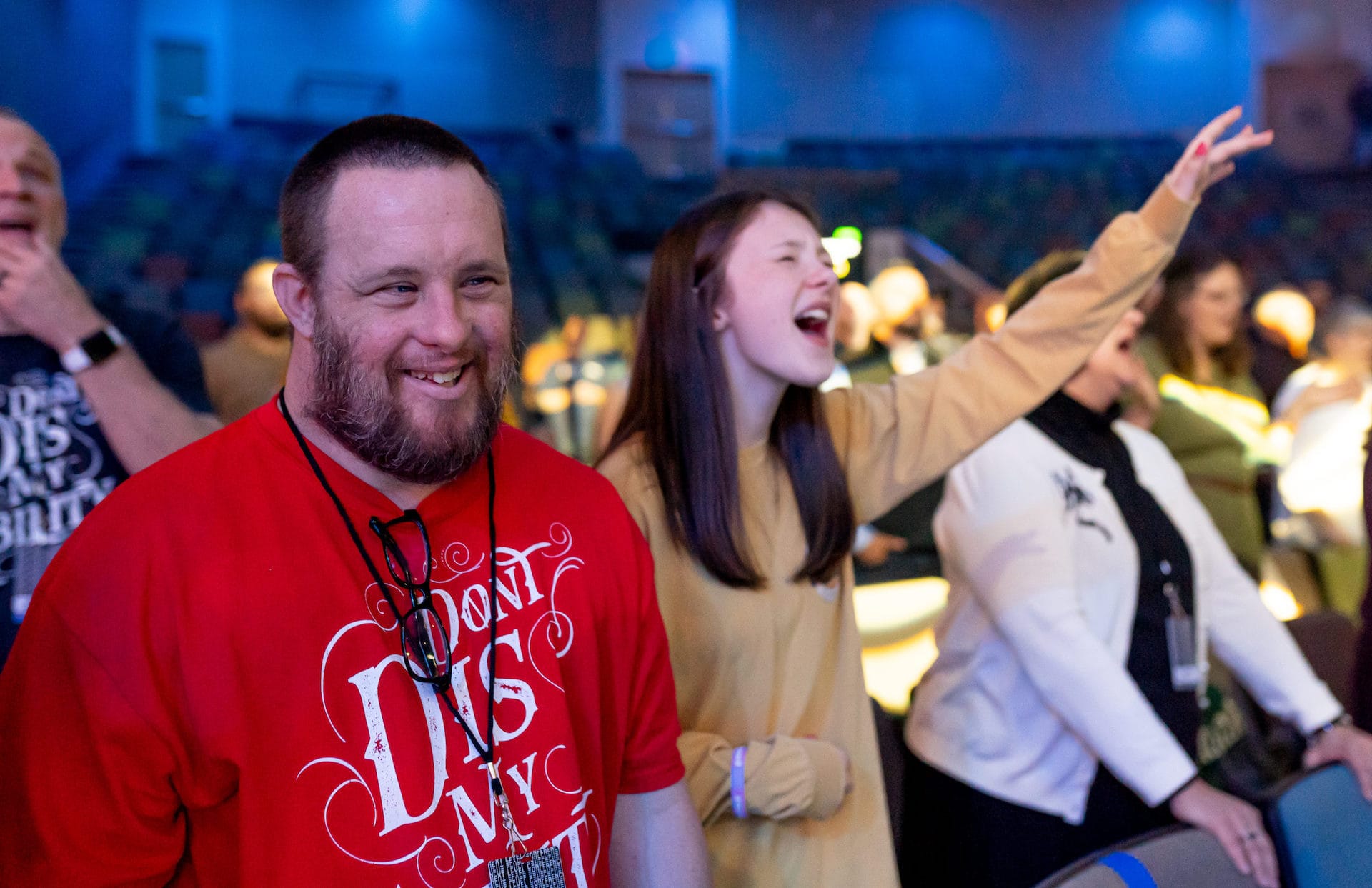


What is the biggest issue facing the disability community? The list is long but no doubt at the top of that list is the issue of isolation. People living with disabilities largely live in isolation.
God did not intend for people to live in isolation. In Genesis 2:18 God said, “It is not good for man to be alone.” Ecclesiastes 4:9 tells us that “two people are better than one.” We were meant to live together in community not isolation.
Inclusion for school-aged children is pushed and at times achieved. But what happens beyond school when inclusion is mandatory? You need to look no further than the employment rates of people with disabilities.
80% of people with disabilities are at home, isolated, and not actively involved in their communities. Employers are hesitant to employ people with disabilities. The statistics are undeniable.
Look beyond employers and think about faith communities. Surely, they are actively looking to include people with disabilities, right?
Wrong. 90% of churches have no intentional outreach or programming designed for their disability communities.
It is not for lack of interest from the disability community. In fact, studies show that people living with disabilities desire to attend church at the same rate as others but do so at a much lower rate because of barriers that exist. There are accessibility barriers. These barriers can be easily seen and easily addressed. Bigger than accessibility barriers are the attitudinal barriers that exist.
The disability community needs the church, but more importantly, the church needs the disability community. The problem of isolation is a two-way street. Isolation is not good for either. Isolation is not God’s plan for His people. Isolation must be addressed.
Each stop along the path has a set of roadblocks that can stop people from progressing along the path. Notice that the path is a two-way street. This is intentional. Both the church and people affected by disability must walk this road together.
The roadblock for people affected by disability in this stage is hurt. People affected by disability and their loved ones have repeatedly been hurt by the church. They have experienced rejection from the church and told that they are not welcome.
The roadblocks for the church at this stage are acknowledgment, accessibility, and attitudes. These are the things that keep people affected by disability and their loved ones from being able to be a part of the local church. The physical accessibility issues are things that can be easily addressed and removed. The attitudes that exist within the members, volunteers, and staff of the church are much more difficult to change. Before any of these pieces can be addressed there must be an acknowledgment from the local church that isolation is, in fact, a problem first.
The key for people affected by disability and the church to overcome the roadblocks of this stage is courage. People affected by disability must have the courage to try church again. Hurt is difficult to overcome. Many don’t want to expose themselves to an opportunity to be hurt again. Churches likewise must have courage. They must have courage enough to tackle some of the physical accessibility issues. This takes courage because it takes budget dollars. It takes even more courage to have difficult conversations with people that hold negative and hurtful attitudes towards people affected by disability. The good news is that with courage both people affected by disability and the church and move beyond the roadblocks of this stage.


